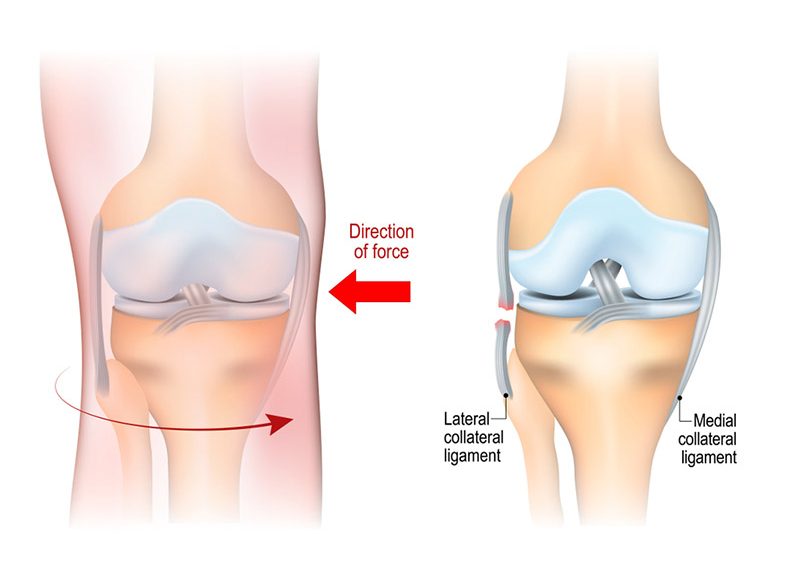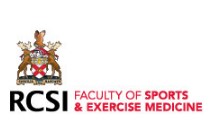Lateral collateral ligament and Posterolateral Corner Injuries
Lateral collateral ligament and Posterolateral Corner Injuries
What is the lateral collateral ligament (LCL) and surrounding anatomies?
The stabilising structures on the outer (lateral) side of the knee form a very complicated arrangement but fortunately it is relatively unusual to damage them extensively. They include the lateral collateral ligament (LCL), popliteal tendon, popliteofibular ligament, the long head of biceps attachment and more. Injury can also sometimes involve damage to an important nerve called the common peroneal nerve.
Injury incidence and Presentation
The ligamentous structures in this area are important to stabilise the knee mainly against the knee being pushed outwards (varus) and also backwards into hyperextension. Injuries can vary from a minor strain to complete high grade tears of multiple structures. They are rarely injured in isolation but often in conjunction with other ligaments, typically the anterior cruciate ligament (ACL) which can lead to a much more unstable knee.
Treatment
Surgical reconstruction of the lateral knee is a complex procedure but may be necessary to give the best chance of a stable functional knee. If this is necessary, the procedure will be discussed in detail at the clinical consultation as it will influence the expectations when it comes to return to sport rates and the rehabilitation process.











